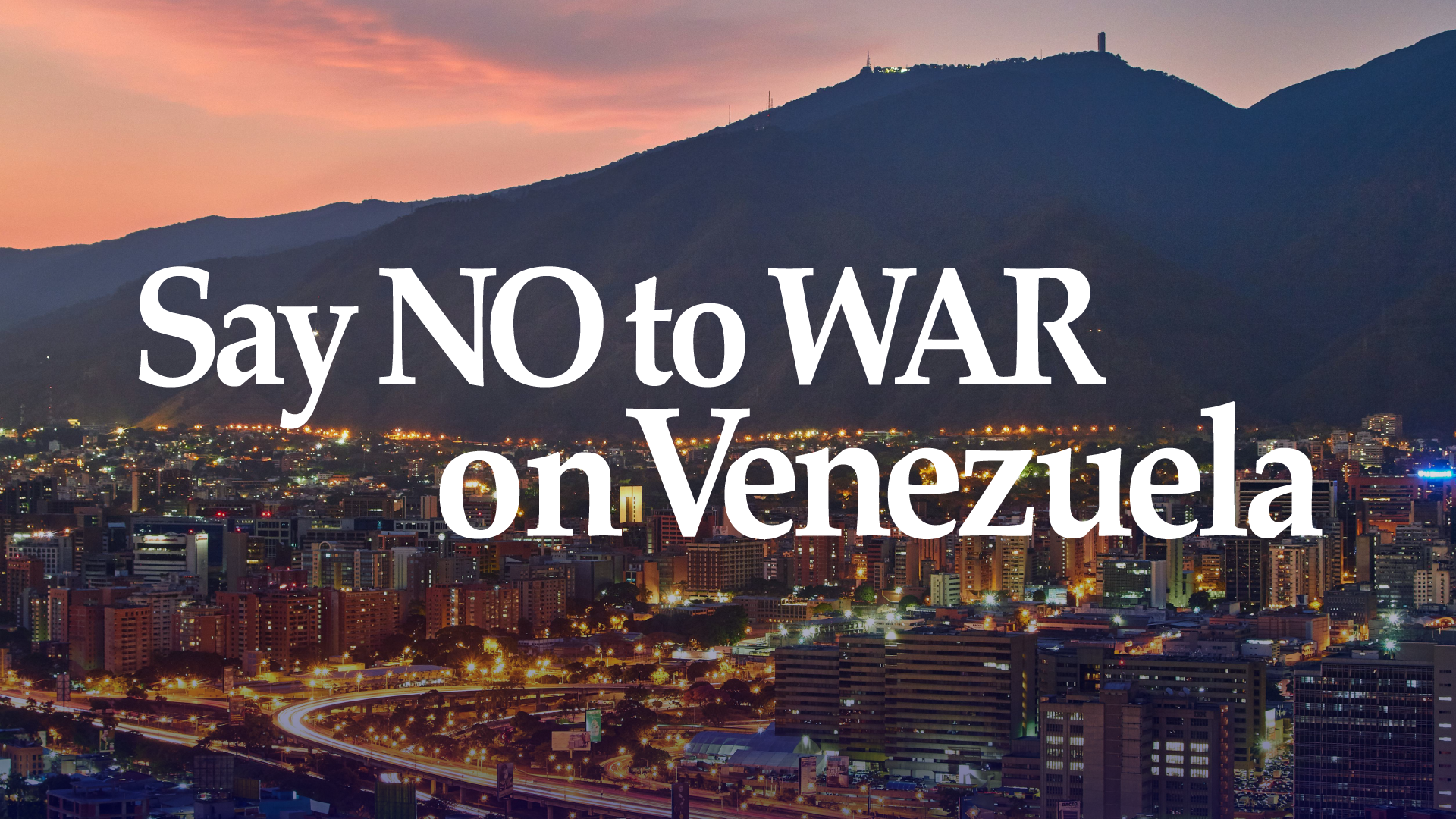1. What are violence interrupter programs?
Violence interrupter programs are community-based initiatives that use peacebuilding approaches to stop incidents of community violence before they occur. These programs take people who understand the challenges unique to their community and utilize that knowledge to interrupt violence.
2. Who are violence interrupters?
Violence interrupters or “credible messengers” are people who, through their relationships and experience in a community, can help de-escalate situations that may turn violent. This approach was first seen in Chicago in the 1990s as a public health response to addressing gun violence. Using a casework model, violence interrupters identify those most likely to commit violence, intercede, mentor, teach nonviolence, and shift group norms that sustain or perpetuate conflict.
3. What are some essential characteristics of a violence interrupter?
Violence interrupters always come from the communities they serve. Many have been involved with the criminal legal system. They must understand gang dynamics and the people in their neighborhoods well. Their experiences lend them credibility and enable them to be effective.
4. What kind of work do violence interrupters do?
Each violence interrupter program operates differently, but violence interrupters often work in an assigned area and canvas to build relationships with community members. Their work also involves tracking youth and gang activity, responding to incidents of violence, mediating conflicts, and even being present at homicide scenes after the police leave to reduce the likelihood of retaliatory violence.
Violence interrupters promote pro-social programming to youth, such as employment training and sports. They may host community programming to disrupt cycles of violence and build community trust, including candlelight vigils, cookouts, peace walks, and other summer activities. Violence interrupters also connect community members with educational resources, job training opportunities, or mental health services that address some of the root causes of violence.
5. How are violence interrupters funded?
Violence interrupter programs receive funding from state, local, and private sources. A primary source of federal funding to states and programs is the Community Violence Intervention and Prevention Initiative (CVI) administered by the Office of Justice Programs within the Department of Justice. However, the programmatic funding for community violence intervention does not explicitly call for funds to be designated for violence interrupters.
6. Does this approach really work?
Violence interrupters successfully reduce violent crime rates and shift norms that perpetuate violence in the communities they serve. In 2021, violence interrupters in Baltimore’s Cherry Hill neighborhood facilitated 365 days without a single shooting. Research in New York City led by academics and law enforcement found that over three years, areas with gun violence interrupter programs supported an 18% decrease in the homicide rate.
Violence interrupters are impactful because they center community needs in their work and prioritize solutions to violent crime that consider the cyclical nature of violence. It can be challenging to track their effectiveness since crime rates look at entire jurisdictions like cities and states. Violence interrupters often only work in specific neighborhoods.
7. Do violence interrupters cooperate with the police?
Some models involve collaboration with the police. Most violence interrupters, however, do not work with law enforcement. This gives them credibility in the Black and brown communities they serve, where trust in law enforcement is often low. Violence interrupters’ goals are distinct from those of law enforcement. Their focus is not primarily to reduce crime rates but to save lives, disrupt the cycle of violence, and offer opportunities for people at high risk of engaging in violence. There are programs that, at a high level, will receive information from police. This looks like identifying “hot spots” for violence interrupters to focus their attention.
8. What is common pushback against this approach?
A common criticism of violence interrupter programs is that they do not reduce crime rates. Measuring the effectiveness of violence interrupters is complex—it is easy to record crime when it happens and challenging to quantify the volume of violence prevented. According to Shantay Jackson, who directs the Baltimore Mayor’s Office of Neighborhood Safety and Engagement, in 2021, Safe Streets in Baltimore successfully mediated 99 conflicts that would have turned violent or resulted in a loss of life. This is crime that never occurred.
Looking at violent crime rates alone does not give a complete picture of the impact of violence interrupters in Baltimore. A recent study by Johns Hopkins University quantifies the return on investment these programs can have. The report found that Safe Streets reduced homicides and nonfatal shootings in Baltimore from 2007 to 2022. It reduced such shootings by as much as 32% in some sites. Researchers estimate that given the high cost of gun violence, this work returned $7.20 to $19.20 in economic benefits for every $1 invested.
9. Are there Second Amendment concerns?
Let’s be clear: Violence interruption does not affect the Second Amendment. Violence interrupters understand the root cause and societal factors that drive violence and address those issues directly. This means less illegal gun use in communities. When gun violence prevention legislation is considered in Congress, Second Amendment supporters regularly lift up the need to crack down on crime and enforce current laws on the books. Violence interrupters stop violence before it happens, making illegal gun crime less prevalent and allowing law enforcement to direct their attention to complex investigations that often involve violence.
10. Why is it important to advocate for the Community Violence Intervention and Prevention Initiative (CVI) funding in the federal appropriations process?
CVI funds violence interrupter programs nationwide. Ensuring this program continues to be well funded is central to our strategy of making communities safer by supporting violence interrupters. We’re seeing dangerous, unprecedented attempts to cut such funding in the House of Representatives. Advocating to support CVI is one crucial way to help build a base of support for violence interrupter programs. We must protect this vital funding and advocate for a $5 million increase (bringing the total funds up to $55 million) in the final FY2024 appropriations omnibus.


